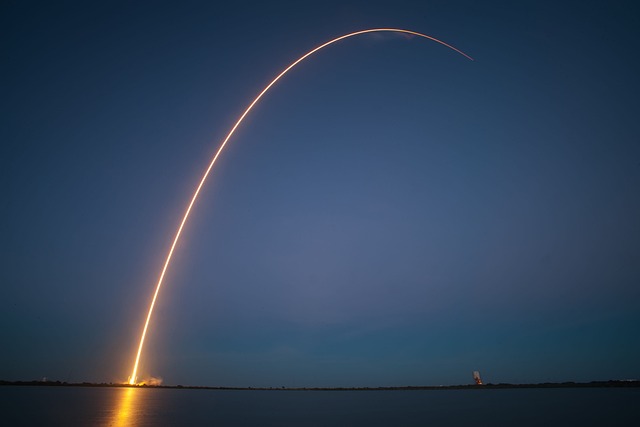
Space Race
The concept of the “new space race” has been gaining traction in recent years as countries around the world compete to advance in space exploration and technology.
While the original space race of the Cold War era was primarily between the United States and the Soviet Union, the new space race includes a new competitor: China. It also involves many private companies vying for a pie of space.
When did the new space race begin?
The new space race officially began on January 11, 2007, when China launched a ballistic missile from the Xichang Space Launch Center. This event marked a significant turning point in the global space race, as it demonstrated China’s growing capabilities and ambitions in the field of space exploration.
What’s the goal of the new space race?
The goal of the new space race is to establish a permanent presence on the moon and to explore beyond it. This is a monumental task that requires significant resources and investment.
NASA’s Artemis program, for example, aims to put humans back on the moon by 2024 and eventually establish a permanent base camp there. Similarly, China and Russia also have plans to establish a presence on the moon.
Role of private companies in the new space race
The new space race involves much higher stakes than the original one. There is more money on the table, and private companies are becoming increasingly involved in the commercialization of space.
Space tourism, for example, is a rapidly growing industry, and companies such as SpaceX and Blue Origin are looking to capitalize on this trend by offering trips to space for non-professional astronauts.
This development has the potential to democratize access to space, but it also raises questions about safety and regulation.
Focus on deep space exploration
Another aspect of the new space race that sets it apart from the original is the focus on deep space exploration. Government agencies, such as NASA and the European Space Agency, are refocusing their attention on the Moon, Mars, and beyond, opening new opportunities for business and scientific discovery.
This shift in focus also highlights the increased interest in space resource utilization and the potential for space mining and manufacturing.
The new space race could also turn science fiction into reality. Advancements in technology, such as reusable rockets and interplanetary travel, are making it possible for humans to explore deeper into space than ever before.
The development of new propulsion systems, such as nuclear-powered engines, could also significantly reduce the time and cost of space travel.
Private companies vs. government agencies
It is important to note that the new space race is not just about competition between countries but also between private companies and government agencies.
The involvement of private companies, fueled by venture capital and new technology, is driving the commercialization of low Earth orbit. It is creating new opportunities for the delivery of space services such as communication, navigation, Earth observation, and space tourism.
Final thoughts
In conclusion, the new space race is a complex and rapidly evolving field that involves multiple actors and significant technological advancements. It has the potential to bring about new breakthroughs in space exploration and technology and to democratize access to space.
However, it also raises important questions about safety, regulation, and the responsible use of space resources. As we move towards the next decade, it will be fascinating to see how the new space race unfolds and the impact it will have on our future.





